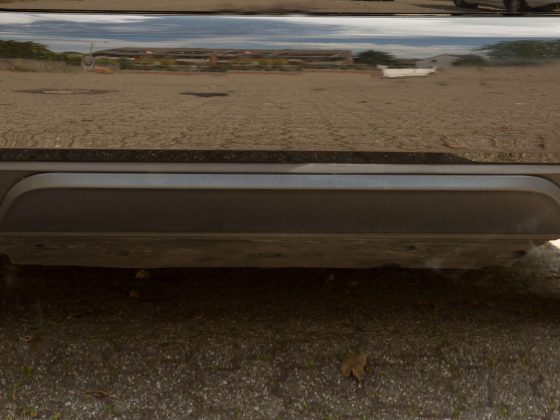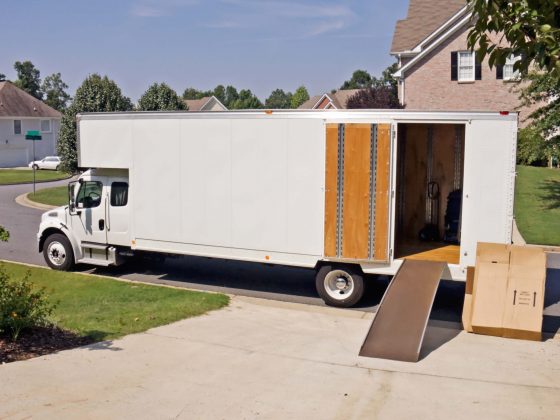Driving in the winter can be challenging, particularly when lower temperatures and icing conditions start impacting the roads adversely.
Use eTags© to Quickly Complete Your DMV Service. Renewals, Title Transfers and More, All Online!
Experts recommend drivers to be extra cautious in a genuine attempt to reduce accidents caused by changes in weather conditions.
Typically, these conditions can provoke accidents based on the reluctance of drivers to slow down, identify objects around them, and brake safely.
As you may need to drive in the winter, you are strongly advised to pay attention to the weather forecast, check for road updates, and get your car ready for driving in adverse weather conditions.
To make your drive easier during the winter season, here are some winter driving safety tips that will keep you prepared for the unexpected.
Get your vehicle ready for the season
If you are an adventurous driver, chances are you will need to be prepared for unexpected situations including getting stuck during heavy snow, which can be frustrating provided that you lack the right tools to stay out of trouble.
But stocking your car with a survival kit reduces any likelihood of getting stranded and yelling for help.
Make sure your survival kit has an ice scrapper, snow shovel, salt and pepper, flashlights, flares and so on.
Did we mention you need to have a back-up battery in case you need to replace an old one?
Pay attention to the weather forecast
Inclement weather affects our ability to drive safely, but getting prepared for adverse conditions in advance is vital.
A good start is to check the weather forecast from your local news or even your phone before climbing behind the wheel.
Smart drivers get weather updates via text messages, which makes it easier for them to react to the unexpected.
For your own protection, refrain from checking your phone for weather updates while driving. Distracted driving is the cause of many accidents today.
Adjust to the weather
Before starting your car, take some time to clear the snow and ice from your vehicle.
Inspect your windows, mirrors, lights, reflectors, hood, and trunk to avoid any potential risk while on the road.
Use your headlights to increase your visibility and drive cautiously as snow can disrupt your view of the traffic around you.
Once you are driving along the highway, remember that speed limits apply only to dry roads. You must adjust your speed to a safe level when driving in icy or slicky roads.
Slow down and have a reasonable distance between your car and the vehicle in front of you.
Shun using cruise control as you want to have full control of the car you are driving during adverse weather conditions.
Be careful when driving along bridges and overpasses as they tend to be majorly affected by the accumulation of ice and snow, making it risky for certain maneuvers.
Vehicle breakdowns
Provided that you are forced to pull off the road owing to a car breakdown, stay in your car after calling for help.
Switch the heater for at least 10 minutes every hour to stay warm and ensure the pipe is not covered by snow.
When the snow blocks the pipe, deadly gas starts building up in your car, making it dangerous.
Make sure you call for assistance and let other people know about your trip, your route, and when you plan to arrive.
SEE ALSO: Get Your Car Ready For Winter: 3 Tips For Diligent Drivers








